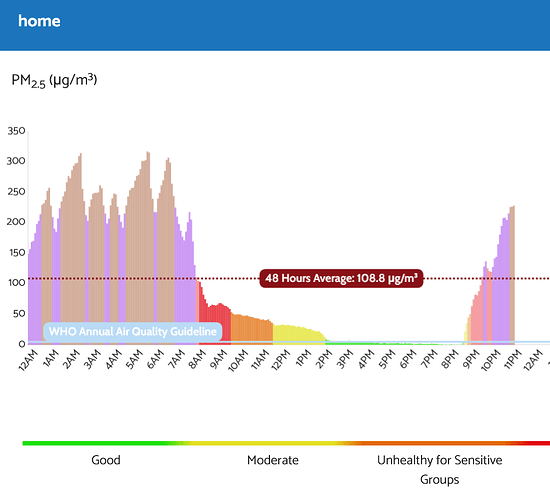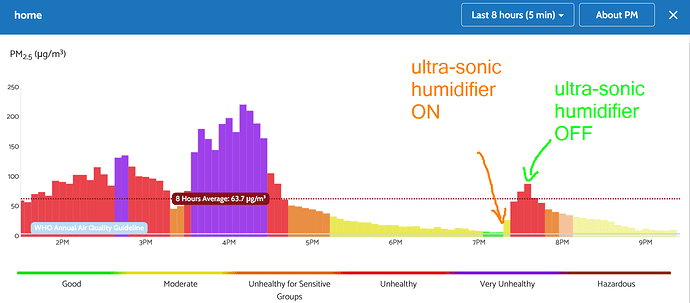While it is true I use cold water, that can probably go either way. I’m not sure hot water would pose an additional risk at all, it might even be better in some situations.
I keep my hot water heater at 140F (60C). Theoretically, if I used hot water and I suspected my tap water was contaminated that high of a temperature should reduce the risk of pathogens. This temperature happens to also be around what you would consider safe cooking temperature for some meats, in beef this is about “Medium Well”.
If 140F/60C going to kill pathogens in meat it should also kill pathogens in the water supply. 
You are right tho, Legionella specifically does do well at higher temperatures 122F/50C but at 60C they don’t do so well. If you have well water or suspect your water supply, 158F or 70*C is a safer option.
Strains of L. pneumophila have been shown to have a decimal reduction time (D)4 of 80–124 minutes
at 50 ºC, and of 2 minutes at 60 ºC (Dennis, Green & Jones, 1984; Schulze-Robbecke, Rodder
& Exner, 1987).
ChatGPT:
The decimal reduction time (D-value) represents the time required to reduce a bacterial population by 90% (1 log reduction) at a given temperature.
Legionella pneumophila D-values at Key Temperatures:
-
50°C (122°F): 80–124 minutes → Slow reduction; some bacteria survive for hours.
-
60°C (140°F): ~2 minutes → Rapid reduction; most bacteria are eliminated quickly.
-
70°C (158°F) and above: Instant kill → Used for thermal disinfection.
These findings are supported by:
- Dennis, Green & Jones (1984)
- Schulze-Robbecke, Rodder & Exner (1987)
These studies reinforce why water systems should be maintained at ≥60°C (140°F) to control Legionella growth. Would you like references to more recent studies or guidelines on thermal disinfection?



